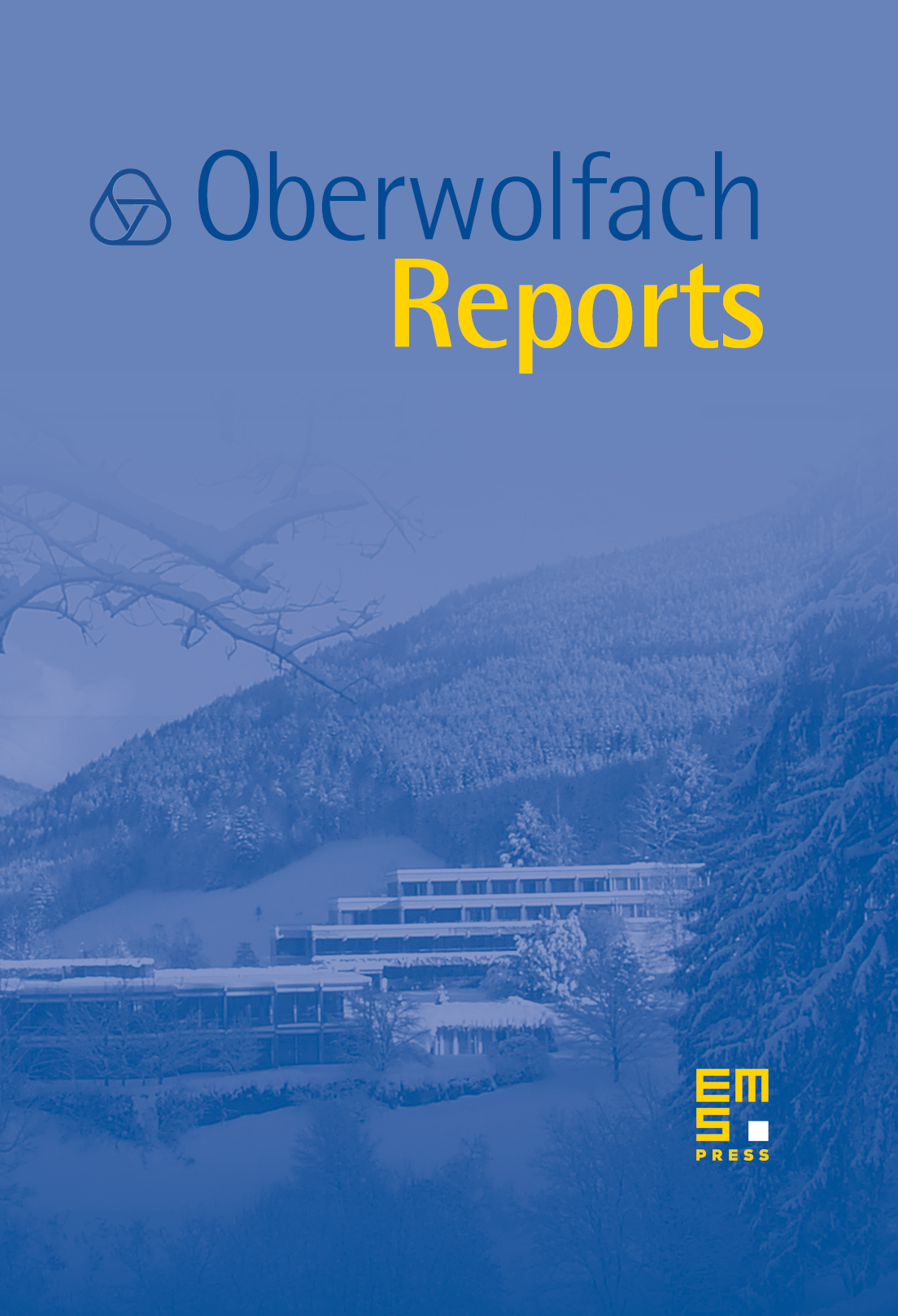Probability Theory on Trees and Analysis of Algorithms
Gerold Alsmeyer
Universität Münster, GermanyLuc Devroye
McGill University, Montreal, CanadaUwe Rösler
Christian-Albrechts-Universität zu Kiel, Germany

Abstract
The analysis of algorithms and data structures, started by D. Knuth, is a rapidly growing area at the interface of Mathematics and Theoretical Computer Science. Probability theory enters the subject in a natural way when studying an algorithm as to its performance over randomized inputs and/or if an algorithm itself takes randomization steps. The latter holds true for so-called divide and conquer algorithms, which were a central topic of this workshop. The sorting algorithm Quicksort is presumably the most prominent example. While early work was mostly based on the generating function approach, the last two decades have seen an increasing number of contributions based on probabilistic methods involving martingales, random trees and other stochastic processes. The first article of this type was written in the eighties by L. Devroye, a Humboldt award winner of 2004 and also one of the organizers. Later another pioneering contribution came by U. Rösler who, by introducing weighted branching processes and the contraction method, determined the asymptotic distributional behavior of Quicksort. One can say that much of the work presented at this workshop is to some extent spawn by these articles.
The aim and scope of the mini-workshop was to bring together leading junior and senior experts in the field with a strong probabilistic background and a focus on divide an conquer algorithms and related data structures. There were 16 one hour talks presented by 12 of the 14 participants from 7 countries. Main topics were branching processes, the contraction method, the asymptotic analysis of random trees, stochastic fixed point equations and randomized algorithms.
Cite this article
Gerold Alsmeyer, Luc Devroye, Uwe Rösler, Probability Theory on Trees and Analysis of Algorithms. Oberwolfach Rep. 1 (2004), no. 3, pp. 2133–2170
DOI 10.4171/OWR/2004/41